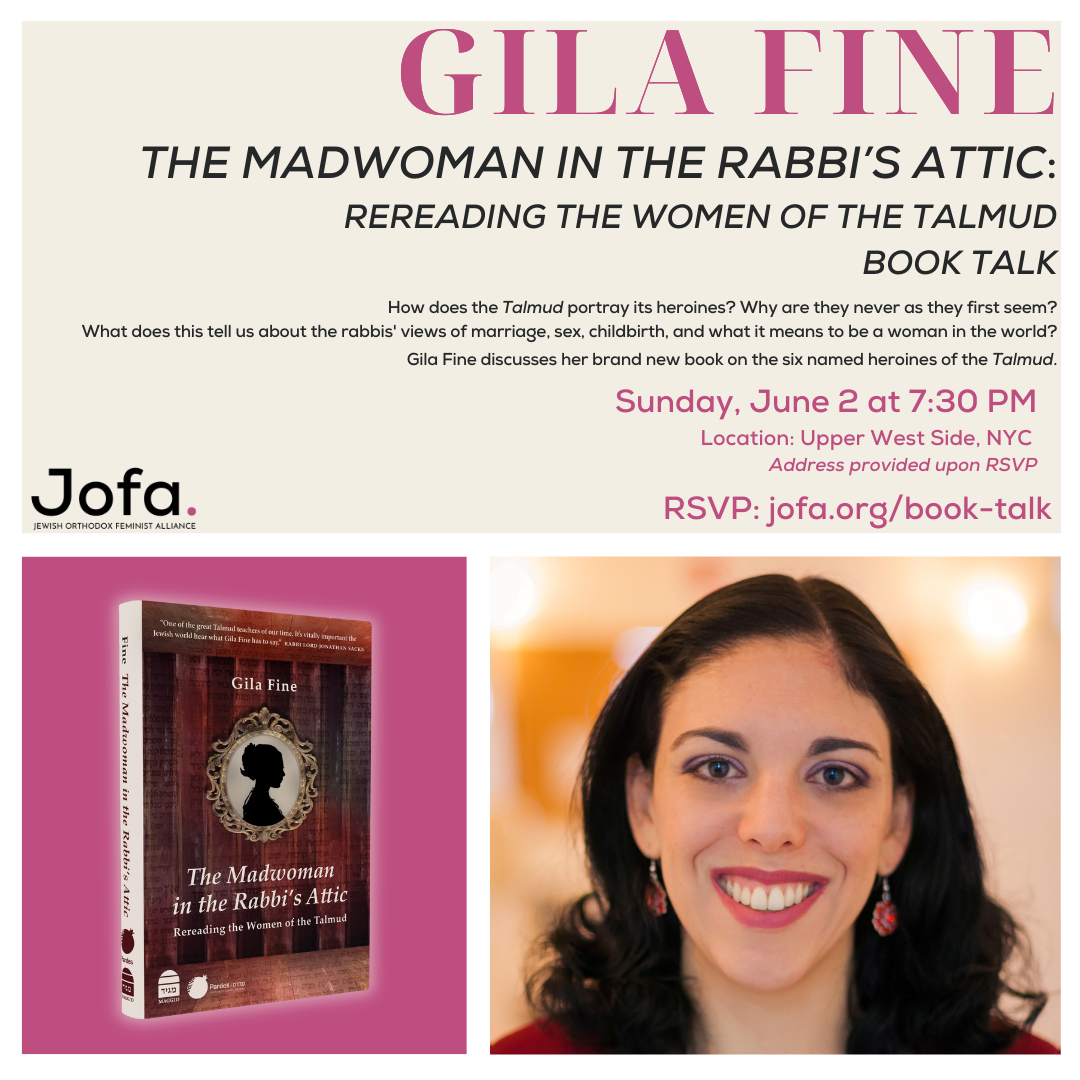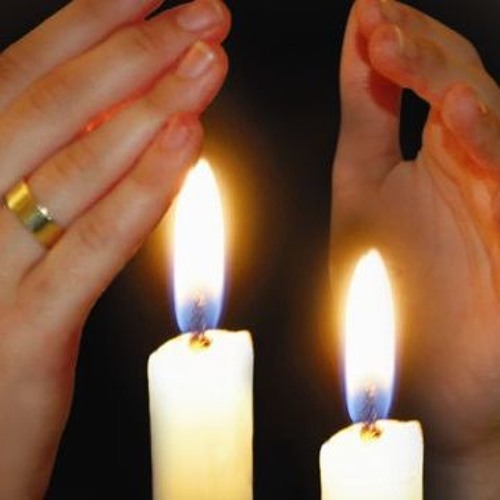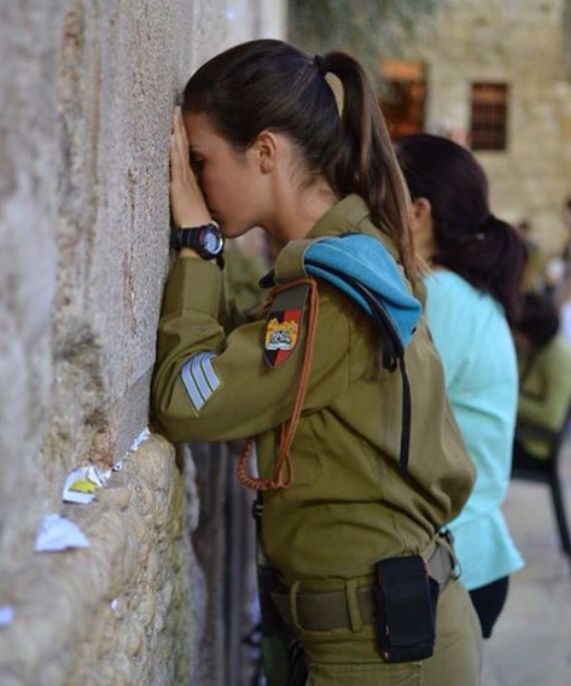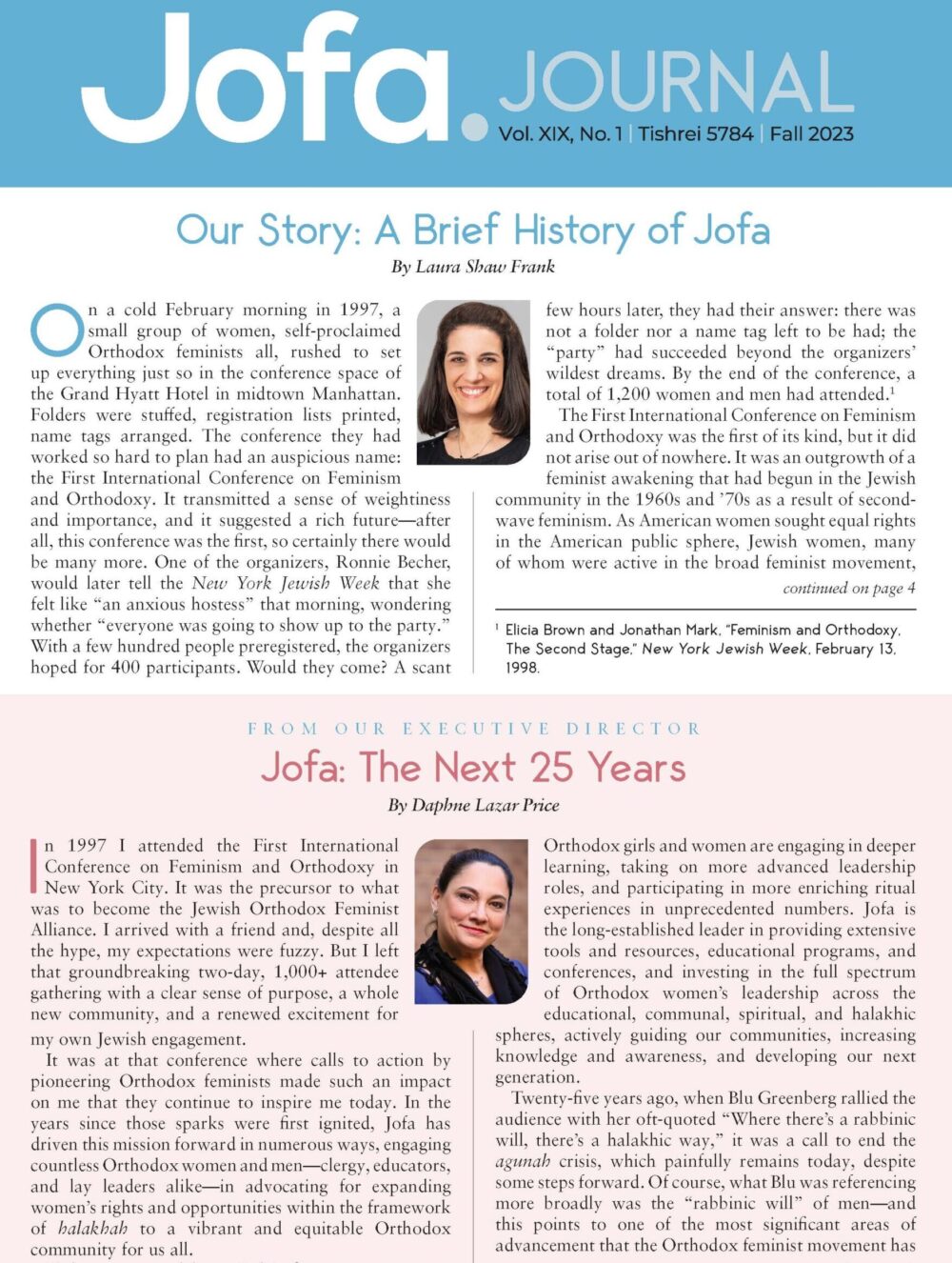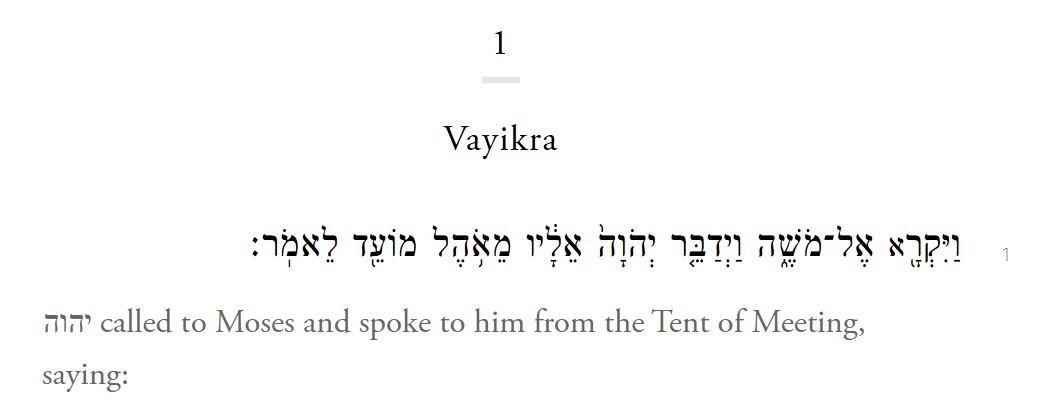By Justin Sakofs
For most of our married life, my wife and I have been members of minyanim with a mehitzah, and presently we are members of Kol Sasson, the partnership minyan in Skokie, Illinois. As a family with two young children, we’ve been at both egalitarian and partnership minyanim over the past five years, with occasional participation in a normative Modern Orthodox minyan.
Our elder child is four and a half years old, and while we are regular shul goers, issues of davening while parenting presented themselves only after he was born. As individuals and couples, we both had observed many parents navigating the sanctuary before we were in that situation, and we followed their examples.
Young Parents Navigating the Mehitzah
As young parents, we have frequently had to navigate the mehitzah to meet the needs of our children: Who has the diaper bag? Where are the snacks? And, of course, “Is MagneticShul in the tallit bag or the food bag?” Some mehitzot allow us to speak directly (and easily), whereas others encourage us to leave the sanctuary to ask short parenting questions. We have managed pretty well in developing some form of communication to get each other’s attention—usually beginning with a game of “telephone” involving others in the congregation—but there are times when our children wander from one side to the other unannounced, not to mention the times when our son carries the message from one to the other. Let’s just say that that doesn’t usually go so well.
These challenges of being a young family could more easily be navigated in a family seating arrangement, but because we have a culture of separate seating in the sanctuary, I don’t want to challenge it—at least not in our shul. Rather, I want us to think about family seating when it comes to life-cycle events as something that should override the location and force us to have a positive outlook for the future even when it seems that may not apply for tomorrow.
Separate Seating at Funerals
Last fall, my father-in-law passed away on Hoshana Rabba, making time of the essence. The local funeral homes were booked, so his funeral was to be held in the synagogue he helped found twenty years ago. Initially, this was not a welcome prospect for our family. The synagogue is Orthodox and has separate seating in the sanctuary. My wife spoke to the rabbi before the service, stating that the family would be sitting together. The rabbi didn’t challenge her wishes; my wife, her mother, and her three brothers sat together. Everyone else who gathered was separated by gender. I thought this was odd, as the loss was deeply familial. The expectation of separation was further emphasized when the rabbi was asked, “The men walk behind the casket, but where do the women walk?” His reply was, “After the men.” This reply was challenging because this was an opportunity for support to be provided by others sharing the experience, not a time for separation. For me, this separation furthered a feeling of loneliness, and I believe many others felt similarly.
In contrast to this experience, six years ago, when my grandmother passed away, I remember sitting with my immediate and extended family, and my wife holding my hand throughout the day. I had lost one of the greatest women in my life, yet through my wife’s touch I was reminded that life must go on. No matter how much we say and believe that life cycles must occur, loss is devastating. When we experience loss, we require the love, support, and comfort of others so we do not become lost ourselves. I believe that it is through the supportive connection with those whom we love that we can gain a positive perspective, using the life transition to recall how the deceased has helped nurture us to the present, as we live and look forward to tomorrow.
Other Life-Cycle Events
Consider other life-cycle events such as a brit milah, simhat bat, or a wedding; in all these cases, we may find reasons to have separate or family seating. For example, the first two rituals may occur immediately after tefillah, when the guests are already segregated. At a wedding, the claim can be made that having only the hatan and kallah together emphasizes their unique status. On the other hand, these moments are about welcoming a new life or a new couple into the community, and family seating in these instances encourages us to be models of the reality that we cannot live alone.
I am reminded of being at such smahot at which my wife and I would turn to each other, excited about the new opportunities we anticipated as we awaited our first-born. There was a genuine feeling of happiness, knowing that we were together on this journey, and that others too were moving in parallel paths, albeit at different rates. We have wedding pictures of our parents standing beneath the huppah with us. Although there were nearly thirty years between our wedding and theirs, clearly they were marveling at the cycle that they had been a part of. Besides our parents, how many years of marriage and experiences of commitment were there in the room beyond the huppah? How many feelings were elated through the marriage of the two of us?
Just as we are reminded of the beauty of togetherness at smahot, I believe we need to remind ourselves of the supportive nature of being together in times of sorrow, especially when we may feel even more alone. At a funeral, we see our loved one’s casket—alone. Our heart aches from the loss, and no matter how many people are with us, we still feel alone. In the moment of my wife’s father’s funeral, I was unable to provide her with the support she had given me years earlier. In a family seating arrangement, we can find ourselves with our partners, our friends, our companions, who know more about us then we may like to admit; although they may not be able to make the loss go away, as only time can move us through the grief, they can support us. They remind us that we are not alone, and that tomorrow will be a little brighter.
I’m not trying to say “right” or “wrong” to the issues of family seating, but I would urge us to put the human experience first and foremost when it comes to life-cycle events. I believe we need to embrace opportunities for family seating so we can model love and support through the act of being and living.
Justin Sakofs is a child-centered educator living with his wife and two children in Skokie, Illinois. He is the founder and creator of MagneticShul, a toy designed to engage young children in ritual synagogue life. In addition to being an entrepreneur, he serves on the board of Limmud Chicago and is an avid teacher at Limmud.
[callouts, if necessary]
When we experience loss, we require the love, support, and comfort of others so we do not become lost ourselves.
Just as we are reminded of the beauty of togetherness at smahot, we need to remind ourselves of the supportive nature of being together in times of sorrow.

